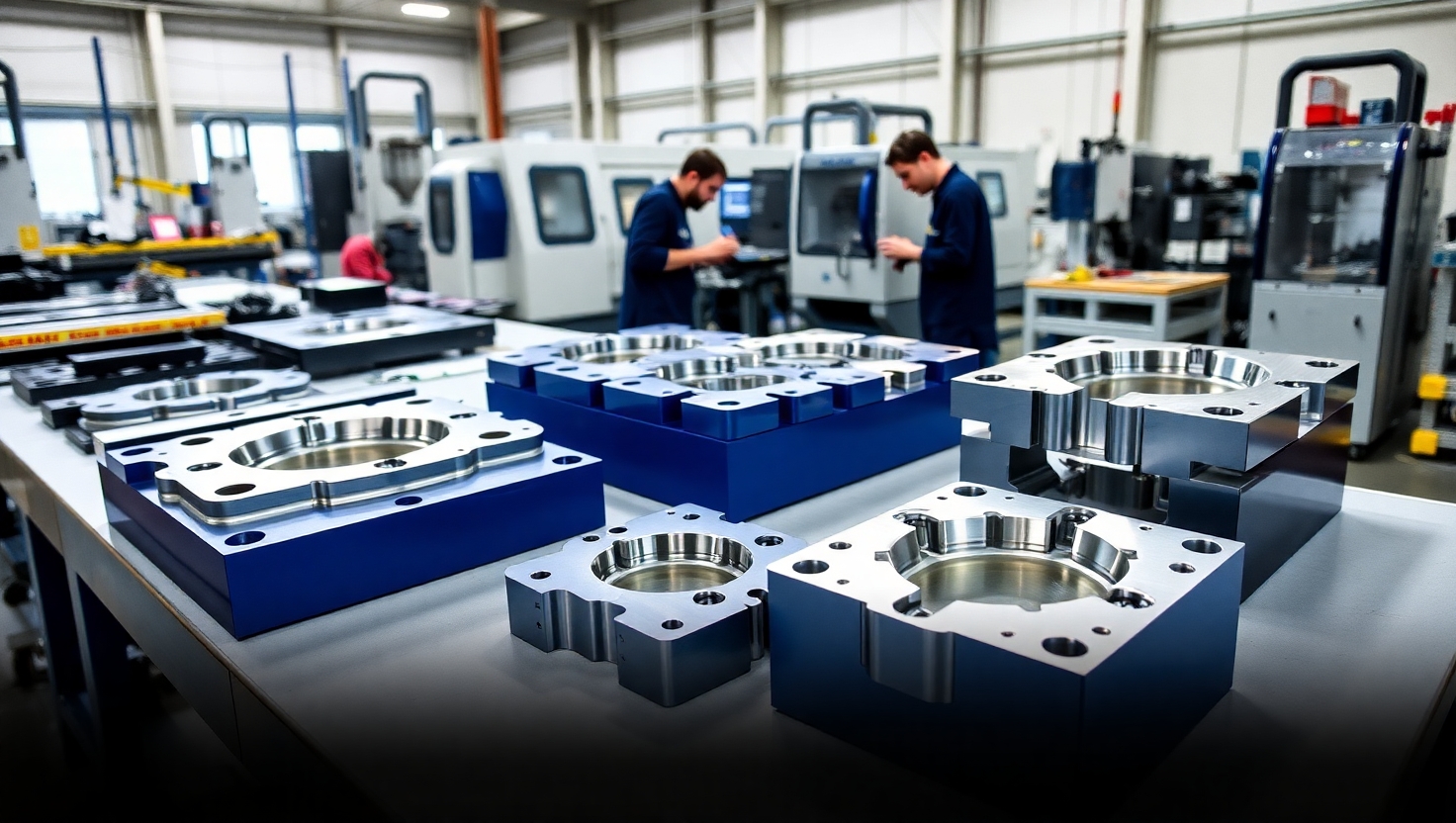Trends in Aluminium Extrusion Dies: Multi-hollow, Bridge, and Porthole Types
Published by: ALUTimes | Date: July 17, 2025
Table of Contents
- Introduction
- Understanding Aluminium Extrusion Dies
- Multi-Hollow Dies
- Bridge Dies
- Porthole Dies
- Comparison of Die Types
- Die Design Innovations in 2025
- Impact on Quality and Productivity
- Case Study: Automotive Hollow Profiles
- Future Outlook
- Disclaimer
Introduction
Aluminium extrusion dies have undergone rapid advancements, driven by demands for more complex shapes, improved material flow, and cost-efficiency. With sectors like EVs, aerospace, and infrastructure pushing for intricate hollow and structural profiles, die design has become a strategic differentiator. In this guide, we dive into key trends shaping extrusion dies in 2025—focusing on multi-hollow, bridge, and porthole die types.
Understanding Aluminium Extrusion Dies
An extrusion die is a precision tool made from hardened steel, used to shape heated aluminium billets as they’re pushed through under immense pressure. Dies can be solid (for solid shapes) or hollow (for tubes or profiles with voids). Hollow dies are further divided based on how they form internal geometry—via bridge, porthole, or multi-hollow systems.
Multi-Hollow Dies
Multi-hollow dies are engineered to extrude multiple hollow sections simultaneously. Each hollow channel has its own mandrel, separated by webbing. They’re ideal for high-volume production of symmetrical profiles like heat sinks or cable management systems. Advantages include:
- Increased output per cycle
- Lower cost per unit
- Improved tool life with modular mandrels
In 2025, advanced CFD (Computational Fluid Dynamics) tools are used to balance flow across hollows, minimizing defects like seam lines or die lines.
Bridge Dies
Bridge dies support the mandrel using legs that span the die cavity. As aluminium flows around the supports, it rejoins downstream to form a hollow. Benefits include:
- Good for large-diameter hollow shapes
- Better metal flow control for thick-wall profiles
- Used in applications like pipe and pole manufacturing
However, weld strength at the rejoin point (seam weld) is a consideration. Heat treatment post-extrusion improves seam integrity.
Porthole Dies
Porthole dies feature feeding ports through which molten aluminium enters, meeting a mandrel supported by bridges. The metal flows around these supports and welds in a chamber before exiting the die. Key traits:
- Ideal for medium-thickness hollow profiles
- Lower tool wear due to optimized flow paths
- Good dimensional control and symmetry
Modern porthole dies are often coated with DLC (diamond-like carbon) to reduce wear and improve surface finish.
Comparison of Die Types
| Feature | Multi-Hollow | Bridge | Porthole |
|---|---|---|---|
| Ideal Application | Mass production, heat sinks | Large tubes, poles | Architectural, furniture |
| Weld Line Strength | Moderate | Low (requires heat treat) | High |
| Die Complexity | High | Medium | Low to Medium |
| Output Speed | High | Medium | High |
Die Design Innovations in 2025
With AI-based simulation and CNC machining, die shops are pushing boundaries in custom die manufacturing. Notable trends include:
- Hybrid Dies: Combining bridge and porthole concepts for large, multi-channel profiles
- Quick-change Inserts: For faster tooling transitions in small-batch production
- 3D Printed Mandrels: For prototyping and testing extrusion flow behavior
Impact on Quality and Productivity
Advanced die types reduce die failure, ensure better mechanical bonding at seams, and allow tighter dimensional control. With optimized pre-heating, billet centering, and press alignment, output quality can match high-end import standards. Die maintenance schedules are now tracked using IoT-enabled systems to predict wear patterns before defects appear in profiles.
Case Study: Automotive Hollow Profiles
An Indian OEM producing battery enclosures used multi-hollow dies in 2024 to replace 3 welded parts with a single complex extrusion. With porthole dies, they achieved better internal pressure distribution and reduced post-extrusion machining by 34%, improving production efficiency by 28% overall.
Future Outlook
The evolution of extrusion dies will continue as sustainability, lightweighting, and smart manufacturing converge. Expect more recyclable tool steels, digital twins of die wear simulations, and integration of sensor data directly from the extrusion press to the die design process. India, in particular, is poised to become a global hub for innovative die design.
Disclaimer
This article is meant for educational purposes only. Please consult a die engineer or technical consultant before implementing extrusion die design changes in your operations.

